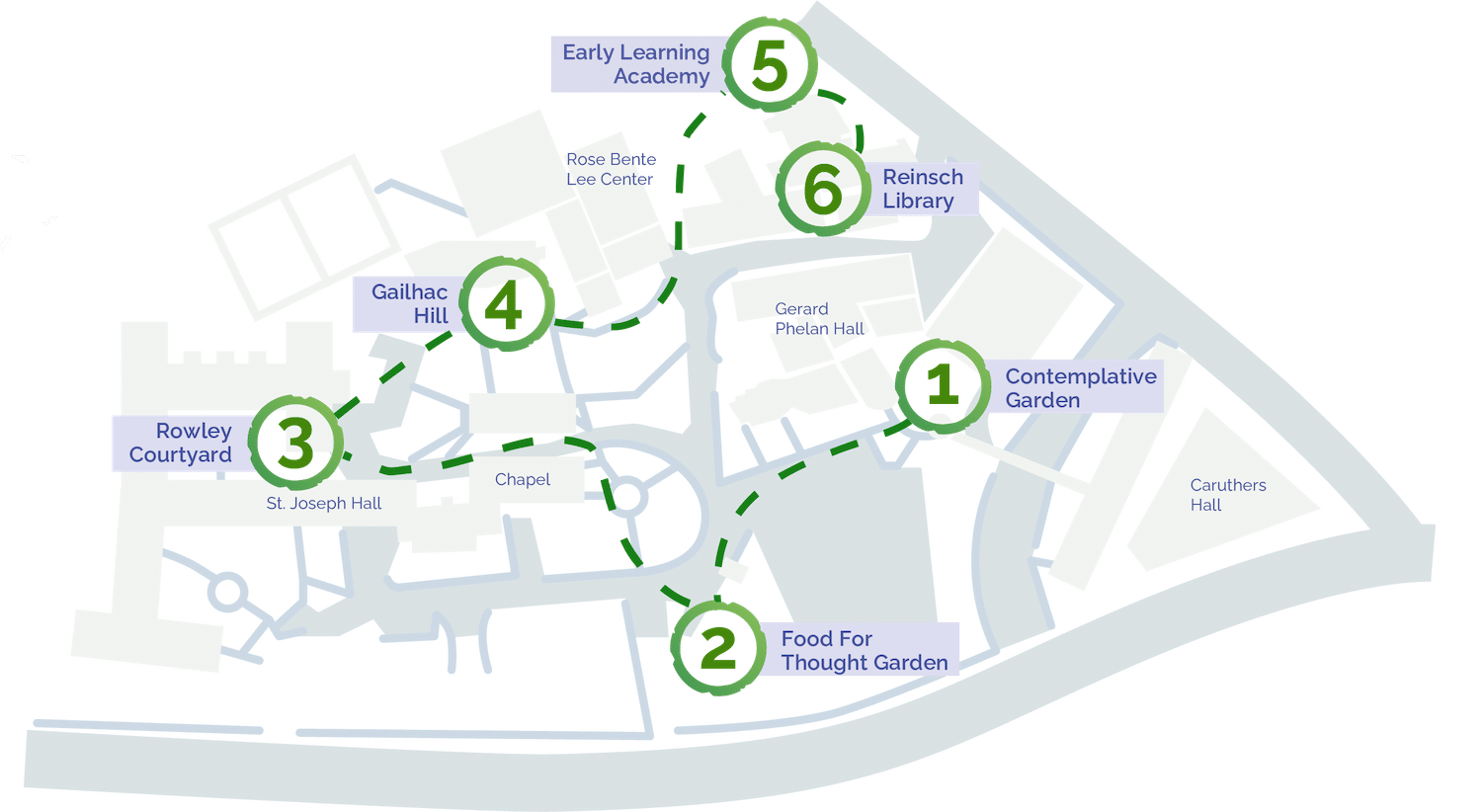The MU PATH
 What is PATH?
What is PATH?
PATH stands for Pathways to Action, Truth, and Healing.
The PATH project is an educational tool and call to action that centers Indigenous worldviews, movements, artists, authors, and histories. We welcome collaboration through student projects that build and develop the PATH further.
With PATH, we invite you to:
- Join us to explore how respectful engagement with the natural world strengthens connections across people, communities, and the planet.
- Learn more about Indigenous ways of stewarding and protecting the environment.
- Discover specific ways to take action to build healthier and more just communities.
Look for the LEARN MORE and ACT NOW
icons throughout the PATH website and see our collection of additional educational and take action resources.
If you are on campus at a particular PATH location, click HERE to learn more about the native plants and artwork by location.
Land Acknowledgement
Marymount University is located on the homelands of the Manahoac, Doeg, Nacotchtank, and Piscataway peoples, who are the original inhabitants of Arlington County and the greater D.C. metropolitan area. We acknowledge that Marymount was founded in 1950 on land that the Indigenous peoples of this region nurtured for millennia, and we extend our gratitude and respect to them, their descendants, and all who continue to lead the way in the most essential environmental justice work of our time. See Marymount’s full land acknowledgement here.
Poet Tanaya Winder, from the Southern Ute, Duckwater Shoshone, and Pyramid Lake Paiute Nations, gets straight to the heart of the matter in her poem “broken/pipelines”:
Winder, T. “broken/pipelines.” Words Like Love, University of New Mexico Press, 2015.
Pathways.
The PATH has six sites on campus.
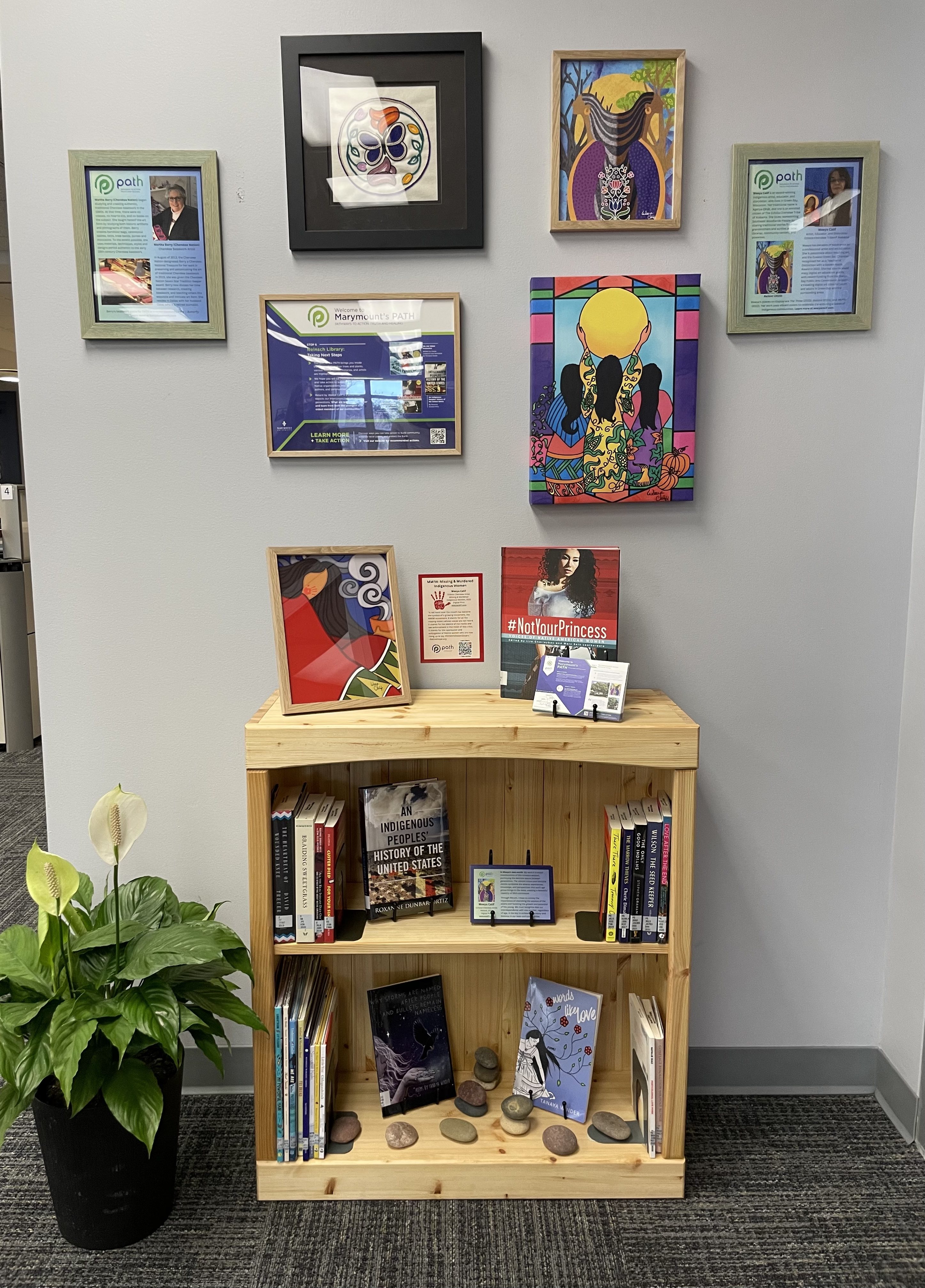
At the site inside the library (6), we welcome you to appreciate the artwork of Weeya Calif and Martha Berry and the poetry of Tanaya Winder.
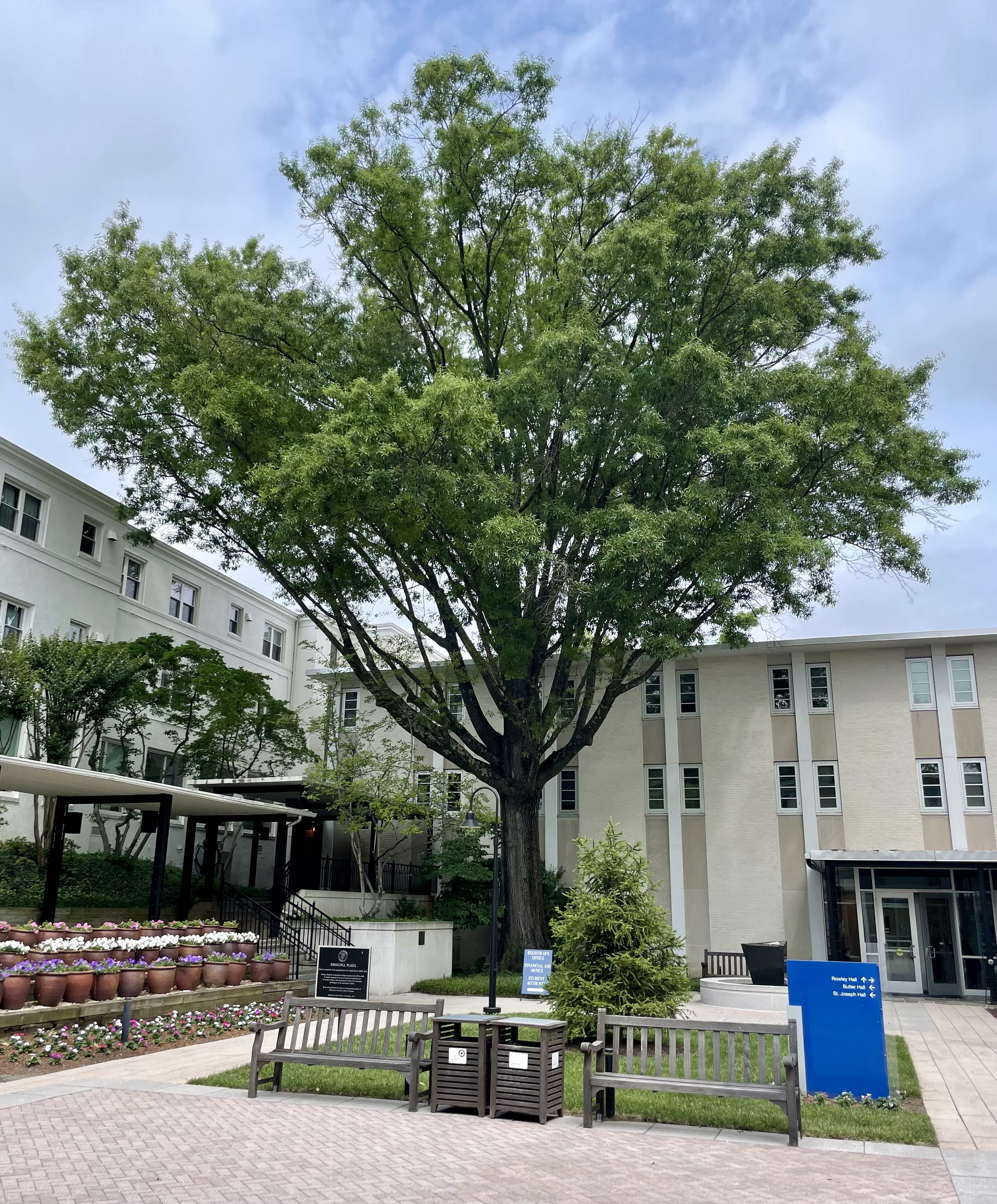
At the five outdoor sites, we highlight plant species that are native and present in Virginia’s Piedmont region and note how these plants have nurtured Indigenous communities for millennia.
We feature these native plants as a vehicle to stimulate reflection and conversation about the steps needed to build more just communities and a healthier planet. Please take this journey with us.
Action.
PATH is a call to action. There are many different ways to engage in this work, and all are important.
See the ACT NOW icons throughout for a wide variety of recommended actions.
As educators, we see that the deepest learning occurs when students make connections and use knowledge to address meaningful, real-world issues. We encourage everyone to consider ways to engage with the PATH project, and we welcome collaboration through student projects that build and develop the PATH further.
Truth.
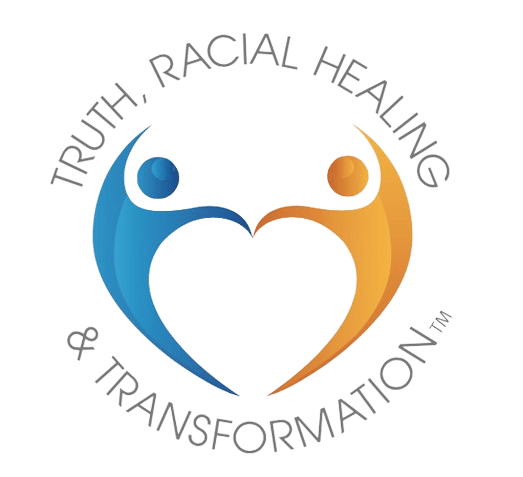
The PATH is part of MU’s TRHT Center work, which prompts universities to speak truths about the harm caused by racism, take concrete steps to address this harm, and prepare the next generation of leaders to build more just and equitable communities.
It educates about the destructive actions of the colonial and U.S. governments that displaced Indigenous peoples from their lands and tried to erase their voices from national U.S. narratives. It is vital to acknowledge how this violence reverberates today and how current U.S. policies continue to harm Indigenous communities.
Healing.
According to the TRHT framework, racial healing in the U.S. must necessarily be rooted in unmasking past and ongoing harms and taking proactive steps in the present-day to remedy them. Projects like PATH help to center Indigenous narratives and histories and can serve as a vital first step in redressing these harms.




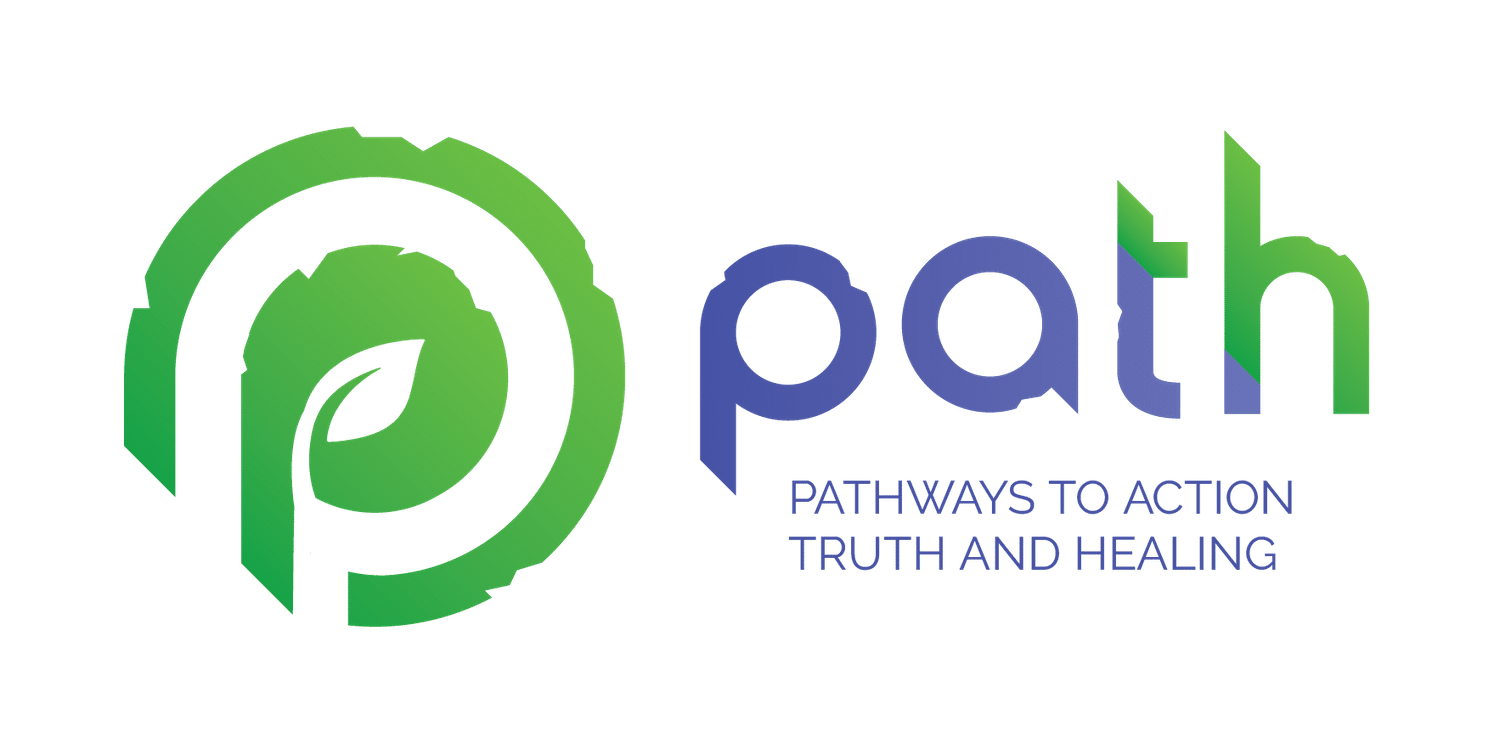 What is PATH?
What is PATH?

